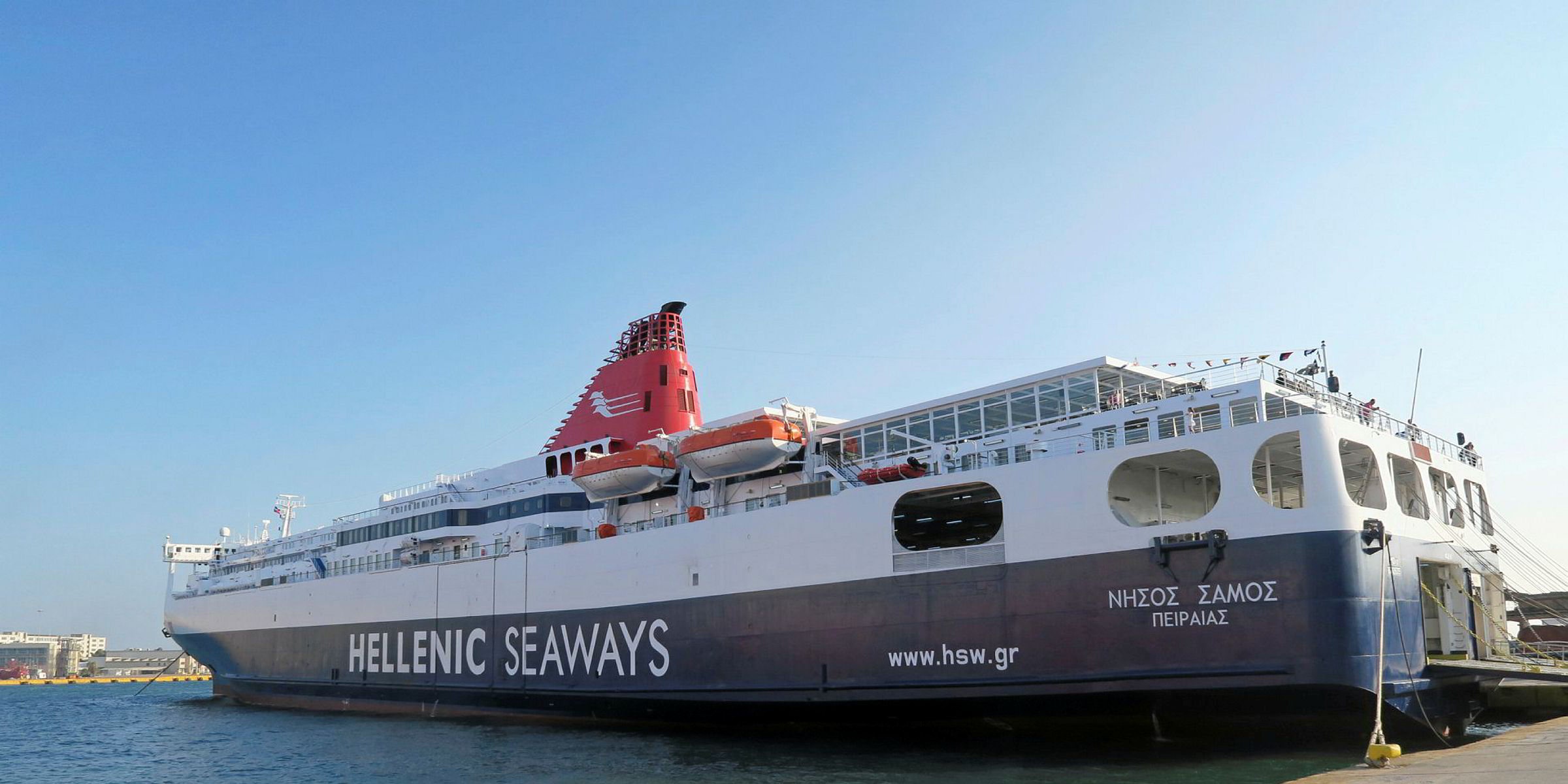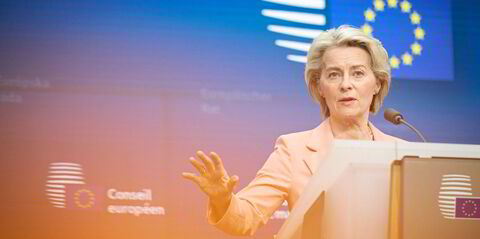The past couple of years have been good for Greece’s coastal passenger shipping industry, which is Europe’s largest.
Plummeting fuel prices lopped off much of ferry operators’ costs putting them back in profit. Revenues rose as they carried tens of thousands of illegal immigrants arriving from Turkey, with European taxpayers footing much of the bill.
However, that windfall masked the industry’s underlying problems that are slowly being exposed again, says XRTC, a Piraeus-based consultancy firm that has been following the sector for 17 years.
Low oil prices since the end of 2014 were the main reason why operators delivered good financial results over the past couple of years, XRTC said in its annual report on the state of Greece’s ferry industry. However, in the five months to May, average fuel prices rose by 80% year-on-year. Fuel accounted for 33% of companies’ operating costs last year and any increase above that will put their profitability “at serious risk”, George Xiradakis-led XRTC said in the report.
Perhaps more worrying than rising fuel prices is Greek ferry operators’ continuing inability to benefit from the country’s tourism boom. Foreign visitors have increased by 67% since 2009 to more than 25 million last year, fuelled by political crisis in rival destinations such as Turkey and Egypt. However, traffic volume of the four dominant ferry companies dropped by 46% over the same period to about 11 million passengers, according to XRTC figures.
One reason for that poor performance is that Greek ferry prices remain high, burdened by a surfeit of taxes imposed by the country’s cash-strapped government. Cheap flights, already the predominant means of transport for foreigners, have also spread among domestic tourists.
Austerity-pinched Greeks, local ferry companies’ biggest source of revenue, have been curbing their holiday spending and that is unlikely to change as long as the country’s economy remains in the doldrums, XRTC argues. Illegal migrants briefly boosted passenger volumes, but that was a one-off. A deal between the European Union and Turkey has helped stem migrant flows in recent months.
Even bigger challenges lurk in the near future. Companies upgrading their ships to meet cleaner ballast water and carbon emission rules will pass on costs to passengers. Industry representatives said this could increase fares by almost a third, on average. Some companies may not even bother upgrading their ships, XRTC warned.
By 2020, when all the new rules are expected to kick in, 32 out of the four big ferry companies’ combined fleet of 45 ships will be more than 20 years old. It will probably be unprofitable to spend about €10m ($11.5m) per ship to bring them up to scratch.
“There’s a risk of most ships leaving the Aegean,” XRTC warned.
However, considering the magnitude of these challenges, Greece’s ferry scene has proven to be surprisingly resilient. Greece still accounts for almost one-fifth of Europe’s coastal passenger market in terms of passengers, with Italy a close second.
According to XRTC data, the four main companies dominating the business (Hellenic Seaways, Anek Lines, Minoan Lines and Attica Group) had a combined annual turnover of €718m last year and a combined net income of €49m, debt of €858m and a fleet value of €1.37bn.
Smaller companies, such as Marios Iliopoulos-controlled Seajets, which control between them one-third of passenger traffic and a quarter of the market’s total turnover, have survived and even increased their fleets.
The ongoing privatisation of Greece’s harbours may provide an opportunity for ferry companies to expand and diversify their business. However, to do this they will need to form new groups able to access cheap financing from hitherto indifferent banks, the report said.
Some mergers and acquisitions would go a long way towards that goal. Grimaldi-controlled Minoan and Iliopoulos-run Eagle Mind Shipping are already vying for a major stake in rival Hellenic Seaways. Piraeus Bank, the stake’s owner, is expected to decide later this year to whom to sell it.



